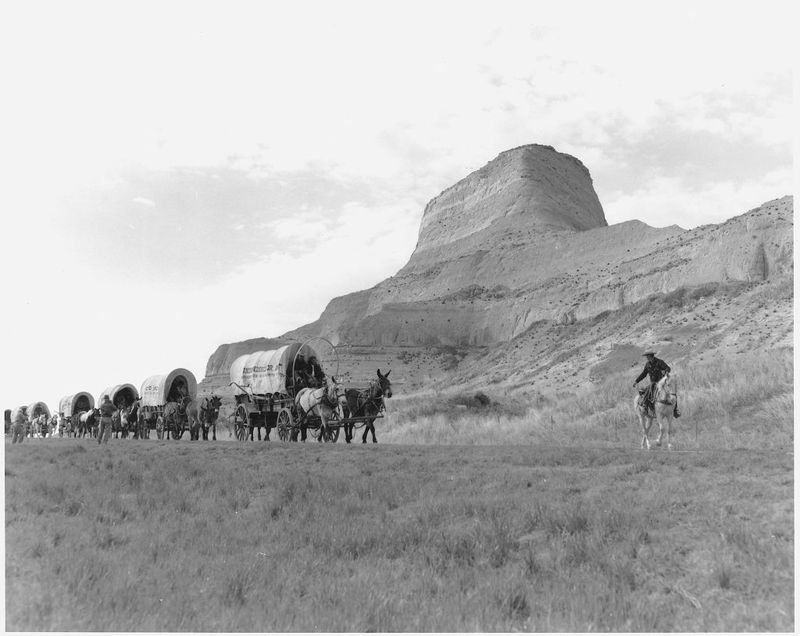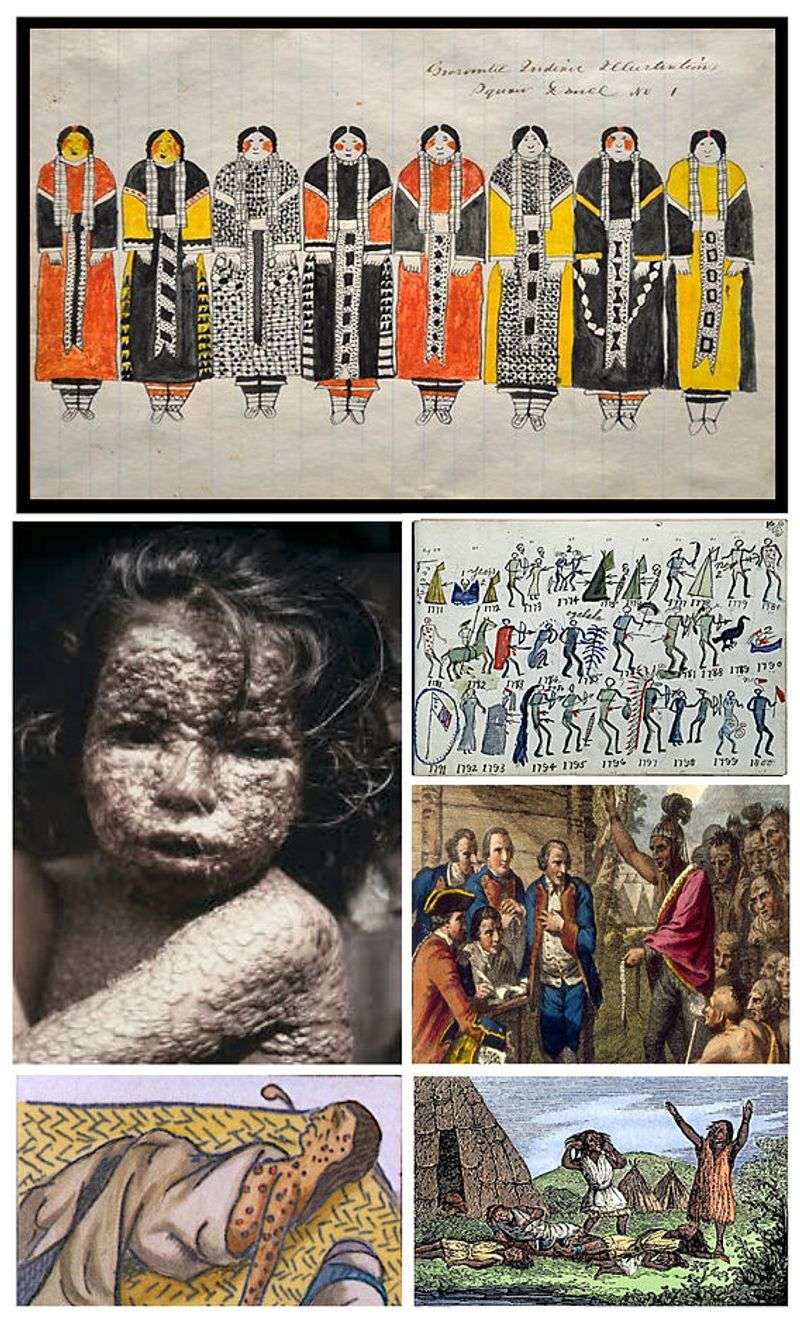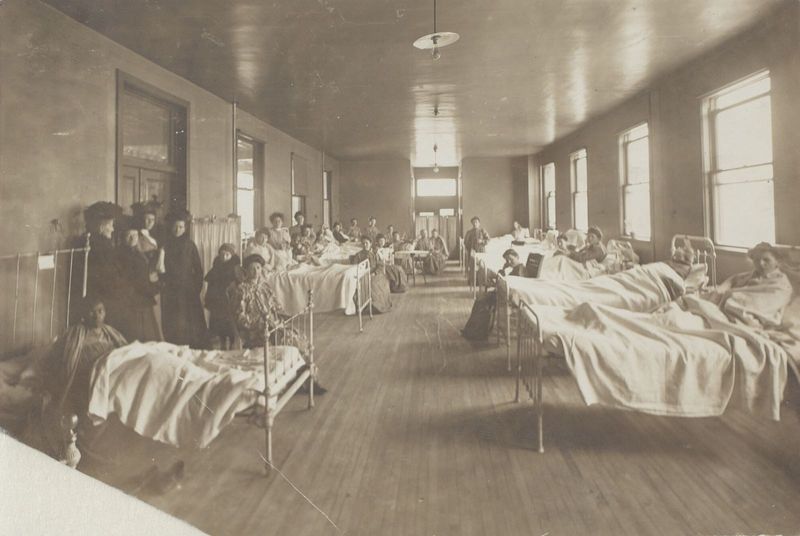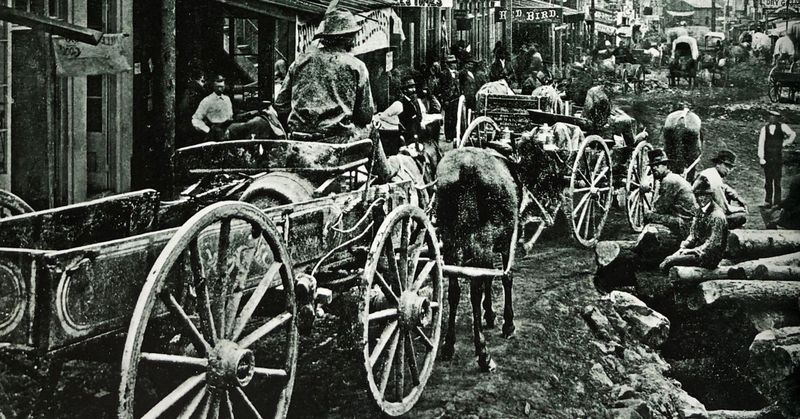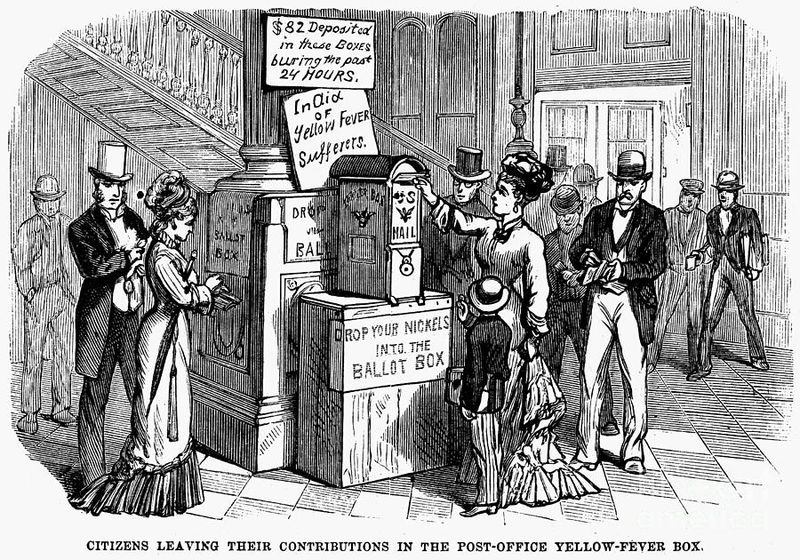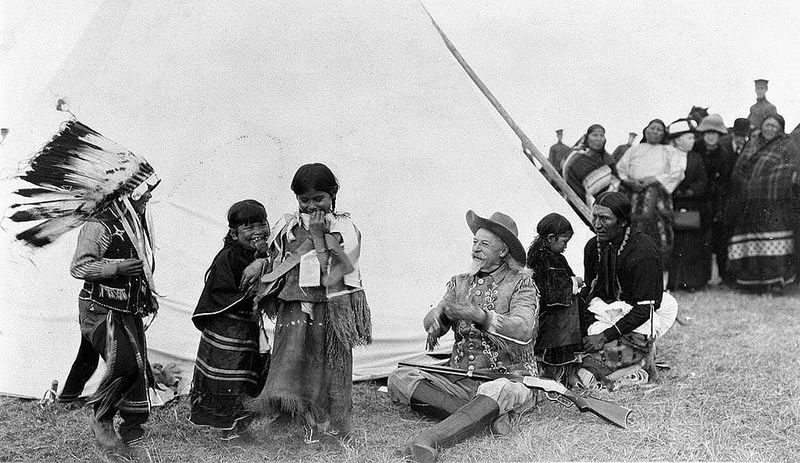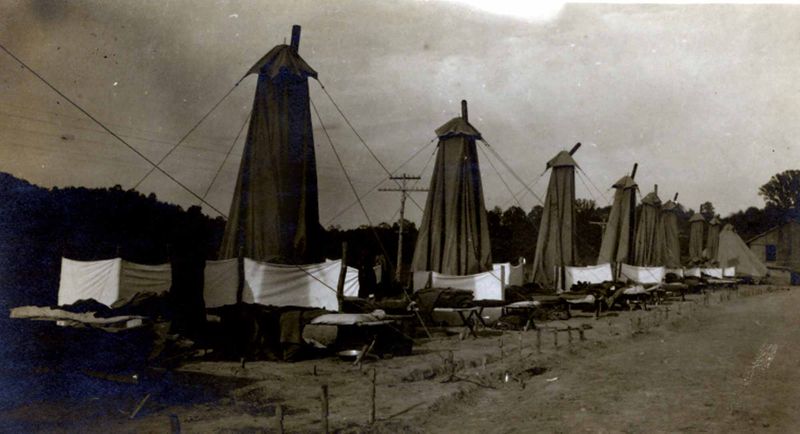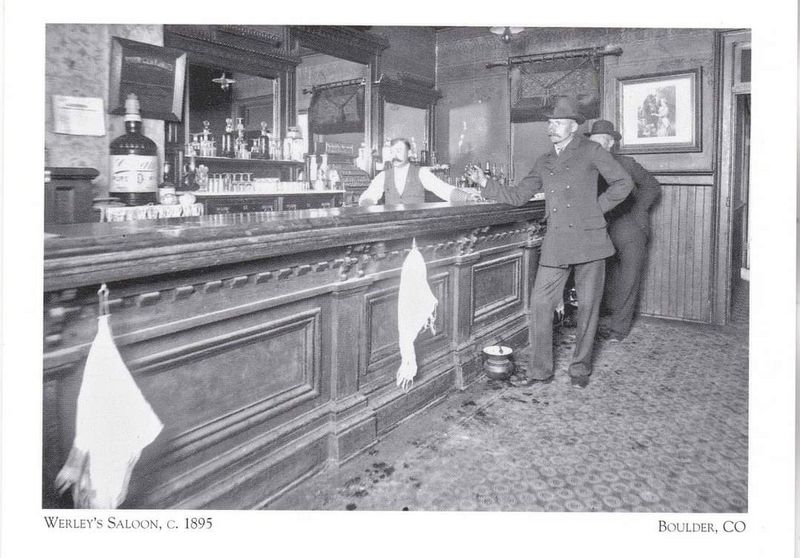The Wild West was not just a land of cowboys and gold rushes; it was also plagued by various diseases that significantly impacted the lives of its inhabitants. From deadly epidemics to rampant infections, these diseases shaped the history and development of the western frontier. This article explores ten such diseases that left an indelible mark on life in the Wild West.
1. Cholera – The Trail’s Silent Killer
Cholera, the silent terror of the trail, struck fear into pioneers. It spread invisibly through contaminated water, leading to violent diarrhea and rapid dehydration. Rivers, once a source of hope, became treacherous death traps. Entire wagon trains were decimated within days. Men, women, and children fell ill, often dying before help could arrive. Stories of tragedy echoed along the Oregon and California Trails. Despite the hardships, pioneers pressed on, dreaming of new beginnings, even as cholera lurked in the shadows. Many never reached their final destination, leaving behind tales of bravery and loss. The trail was unforgiving.
2. Smallpox – A Scourge on Settlers and Natives Alike
Smallpox, a brutal enemy, ravaged the Native American tribes. With no immunity, entire communities were wiped out, paving the way for settlers to claim the land. The disease, characterized by painful pustules and high fever, showed no mercy. Vaccines existed, but the frontier’s isolation often left them out of reach. Both settlers and natives lived in fear, knowing an outbreak could occur at any moment. The scars of these outbreaks lingered for generations. In the relentless push westward, smallpox was a grim reminder of mortality. It changed the course of history, altering the fabric of the frontier.
3. Typhoid Fever – The Stealthy Camp Disease
Typhoid fever crept stealthily through crowded camps and towns. Spread through dirty water and food, it brought high fevers and severe weakness. Gold rush towns, with their crowded and unsanitary conditions, were hotbeds for the disease. Military forts, too, were not spared. In these places, typhoid lurked, striking seemingly at random. Quarantines and hygiene measures were often ineffective. The disease left many incapacitated, disrupting the feverish pursuit of wealth and power. Despite the challenges, people continued to flock to these towns, driven by the promise of prosperity, even as typhoid fever lay in wait, an invisible threat.
4. Dysentery – “The Bloody Flux”
Dysentery, known ominously as “the bloody flux,” posed a constant danger in frontier towns and army camps. It claimed many lives, particularly among children. Caused by bacteria or parasites, it led to severe diarrhea with blood. Dehydration was swift, and death often followed. Makeshift medical tents struggled to cope with the influx of patients. The disease’s grip was relentless, exacerbated by the harsh conditions of frontier life. Despite the fear it instilled, communities banded together in mutual support. They faced the scourge with resilience, even as dysentery continued to haunt their daily existence.
5. Tuberculosis (TB) – The “Consumption” Curse
Tuberculosis, dubbed “consumption,” was the slow, relentless curse of the west. It ravaged the lungs, leaving victims frail and coughing. Cowboys, miners, and saloon workers, living in dusty, cramped quarters, were especially vulnerable. Doc Holliday, the infamous gambler, famously battled TB while leading a notorious life. The disease drained vitality, yet life went on amid the shadow of death. In saloons and mining camps, TB silently claimed its victims. It was a disease of endurance, testing the limits of human spirit. As the west expanded, TB remained a constant, unwelcome companion on the frontier’s rugged journey.
6. Diphtheria – The Child Killer
Diphtheria, the dreaded child killer, struck fear into the hearts of frontier families. The disease created a thick membrane in the throat, suffocating its victims, mostly children. Schools and settlements were prime targets, as close-knit communities provided fertile ground for outbreaks. The lack of available treatments made diphtheria’s impact devastating. Families lived in constant dread, knowing a single case could spell disaster. Despite the terror, communities rallied together, sharing resources and support. The disease’s legacy lingered, a reminder of the fragility of life in the Wild West. The fight against diphtheria was a battle for survival.
7. Yellow Fever – The Mosquito Menace
Yellow fever, the mosquito-borne menace, reached even the Western river towns. It caused jaundice, bleeding, and liver failure, striking fear into residents. Quarantines were often ineffective, as the disease spread quickly. The buzzing of mosquitoes became a sound of dread. Despite its Southern origins, yellow fever found its way westward, leaving chaos in its wake. Communities struggled to enforce quarantines, often to no avail. The disease’s impact was profound, shaping the medical practices and public health policies of the time. Yet, life persisted, as settlers adapted to this ever-present threat, finding ways to coexist with nature’s challenges.
8. Scarlet Fever – A Deadly Childhood Threat
Scarlet fever loomed as a deadly threat to children in isolated settlements. Before antibiotics, a simple strep throat could escalate, causing fever, rash, and swelling. Remote locations lacked medical aid, leaving families to fend for themselves. The disease struck without warning, a silent predator in the wilderness. Communities banded together, offering support and care, even as fear lingered. Scarlet fever’s legacy was one of vulnerability, a stark reminder of the isolation of frontier life. Yet, even in the face of such adversity, the spirit of the west prevailed, as families navigated the dangers with determination and hope.
9. Pneumonia – The Winter Reaper
Pneumonia, the winter’s grim reaper, claimed many lives on the frontier. Cold, harsh winters, coupled with dusty environments, made it a leading cause of death. Cowboys, loggers, and railroad workers were particularly susceptible. After exposure or injury, pneumonia often followed, turning simple colds into deadly afflictions. The chilling winds seemed to carry the disease itself. Yet, life in the Wild West demanded resilience. Communities shared warmth and care, fighting the cold together. Pneumonia’s shadow was long, but it was met with courage. In the face of this relentless foe, the people of the West stood firm, undaunted.
10. Syphilis & Gonorrhea – The “Saloon Diseases”
Syphilis and gonorrhea, the notorious “saloon diseases,” spread rapidly in boomtowns. Prostitution was rampant, and untreated syphilis led to madness, paralysis, and death. The saloons, lively yet perilous, were breeding grounds for these diseases. Despite the risks, they were central to frontier life, offering both vice and camaraderie. The impact of STDs was severe, altering lives and reputations. Yet, the Wild West thrived in its chaos, with individuals navigating the fine line between indulgence and survival. In the midst of revelry and danger, the resilience of the human spirit shone through, undeterred by the saloon’s shadow.

